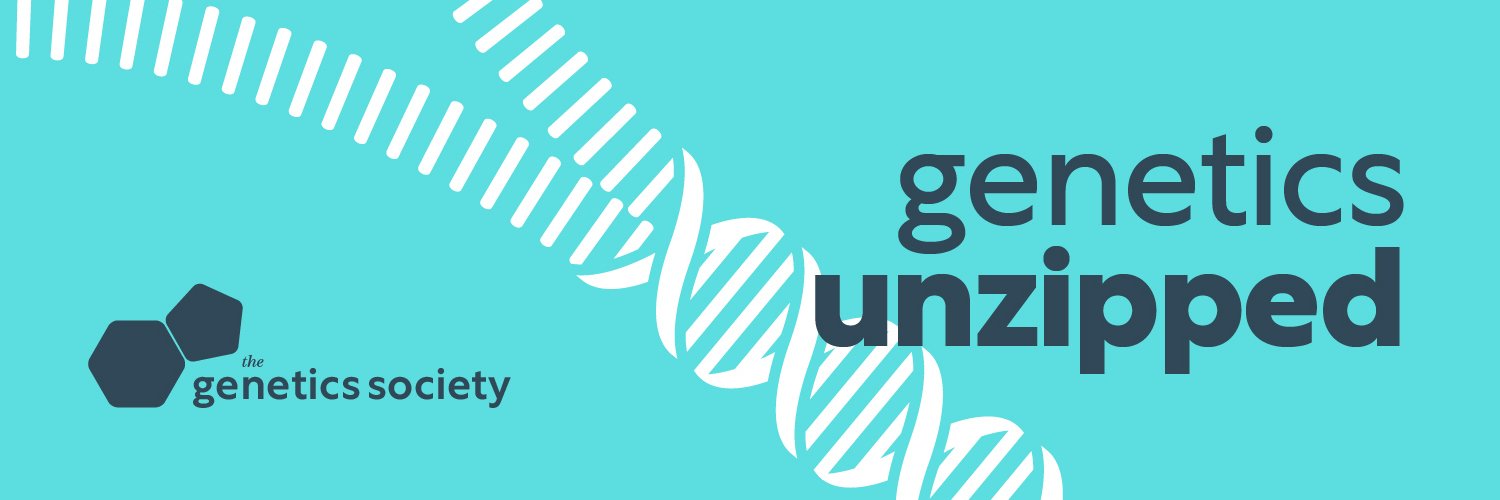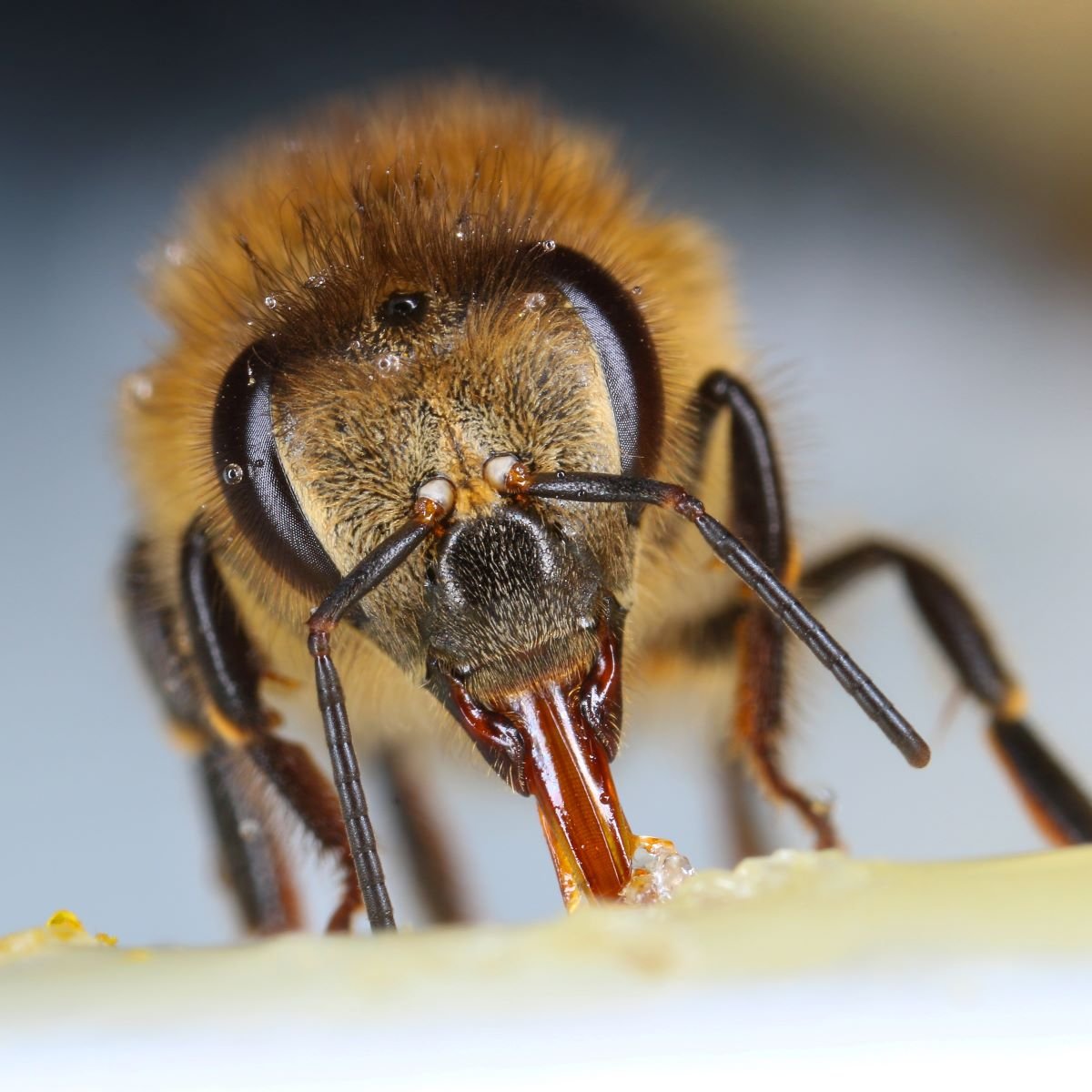Bees have long fascinated geneticists. These eusocial insects live in highly ordered societies, with distinct roles, or castes, within them - a place for every bee, and every bee in its place. But how does a hive of genetically near-identical individuals end up diversifying into such different roles?
On the wing: genetic compasses
Every year, tiny songbirds - some weighing as little as 3 grams - set off on an incredible journey. Often travelling alone and at night, they fly as much as 15,000km between their winter and summer homes, yet somehow manage to return to the same location every year. But how do these birds know where to go?
Kadeem Gilbert: life in a death trap
Dr Kadeem Gilbert is an ecologist and evolutionary biologist at Michegan State University who has been researching the pool of digestive juices. And it turns out that it’s not only a place where insects drown and get digested by the pitcher plant, it’s also home to a whole community of living things that are able to survive despite the harsh conditions.
Ulrike Bauer: killing on a knife edge
One group of carnivorous plants are the pitcher plants, and they’re usually found in warm, tropical habitats around the world. Dr Ulrike Bauer studies these plants at the University of Bristol to find out more about how they’re able to successfully trap insects so easily.
Tanya Renner: Creating carnivorous ketchup
We chat with Dr Tanya Renner from Pennsylvania State University who is interested not only in how these plants evolved but also whether we can add carnivorous genes into non carnivorous plants.
My milkshake brings all the genes to the yard
While it might not be as dramatic a superpower as being able to live four kilometres up a freezing mountain, the ability of many humans to drink milk in adulthood is certainly handy. As the story goes, the spread of this gene through populations in some parts of the world coincided with the rise in dairy farming. In turn, this enabled people to get more protein and fat in their diets, grow healthy and strong, and outcompete the non-milk drinking populations around them. But the latest research suggests that this neat evolutionary Just So story may not be true.
EPAS1: The mountain gene
Tibetans have lived in the thin mountain air for more than 6,000 years thanks to a gene variant they originally inherited from the ancient Denisovans. The thin air has favoured the persistence of one particular version of a gene called EPAS1, which allows these mountain-dwellers to get along just fine despite the shortage of oxygen. But it’s not only high-altitude humans who have traces of ancestral ‘ghosts’ in their DNA, it’s their pets too.
Svante Pääbo: searching for secrets in ancient DNA
Where did we come from? And how are we related to the ancient species that came before us? Swedish geneticist Svante Pääbo is helping us find out - and, as has recently been announced, his work has led to him winning the 2022 Nobel prize in physiology or medicine “for his discoveries concerning the genomes of extinct hominins and human evolution”. So what did he discover?
Tarang Mehta: super fish for fish suppers
Across the world, over 3 billion people, or nearly half the global population, rely on fish as a significant source of animal protein, and since 2012, more of our fish has come from aquaculture or fish farms rather than catching wild fish. Dr Tarang Mehta is a molecular evolution scientist at the Earlham Institute who has been looking at future-proofing one group of fishes in particular, tilapia, which is already a hugely important fish for people around the world.
Hannah Rees: giving wheat jet lag
We need to make wheat a more reliable and resilient crop in the face of our ever changing climate, and that’s where geneticists like Dr Hannah Rees from the Earlham Institute in Norwich come in. Kat Arney sits down with Hannah to find out how understanding the basic biology of wheat is helping us produce a more future-proof plant.
Solar powered: the evolution of photosynthesis
Dr Kat Arney is turning the lights on, looking back at the origins of photosynthesis and the mysteries of the chloroplast genome. From The King James Bible to The Great Oxygen Catastrophe, every lungful of air you breathe has a remarkable story.
Amy Webb and Andrew Hessel: the genesis of The Genesis Machine
Kat Arney interviews authors Amy Webb, who spends her time digging into the technologies that are changing the world, and Andrew Hessel, a geneticist who comes from the frontiers of genomic science, about their new book The Genesis Machine.
When it comes to advances in genetics tech, what’s actually possible, versus scaremongering science fiction? What’s coming fast down the pipeline that we need to know and think about? And how - and who - decides how this stuff should be regulated?
How to bee a queen
How can you find your place within a rigid social structure, and is it possible to rise up the ranks and the beehive and become queen? Dr Sally Le Page explores the evolution of societies.
Rosa Cheesman: From Mendelian inheritance to sociogenomics
Dr Rosa Cheesman from the University of Oslo explains how genetics can help us understand complex human traits and behaviours such as education
Alison Woollard: Gregor Mendel - the man, the myth, the legend
Professor Alison Woollard from the University of Oxford shares some of the less well-known stories about Gregor Mendel, the forefather of genetics
Are you more special than an onion?
As the only species that has been able to evolve to a point where we can read our own genetic code and start asking big questions about how it works and how it makes us who we are, we can perhaps be forgiven for thinking that the human genome is still pretty darn amazing – certainly more special than a onion. But is it true?
Where have all the genes gone?
After a decade of work and billions of dollars, the first draft of the human genome was assembled in 2001. But for all the claims that we had finally unlocked the secrets of human biology and were setting off into a new era of gene-driven medicine, there was one rather glaring issue with this genomic book of life: where were all the genes?
Genes or junk?
Actual genes make up less than 2% of all the DNA in the whole human genome. So what’s all the rest? Is it just junk? The exact quantity and function of all this non-coding DNA is still a hot topic in the world of genetics, and – like the exact number of genes – seems to depend on how you measure it and who you ask.
Kevin Mitchell: how much of our personality is innate?
Where does our personality come from? Obviously our brains have a lot to do with it, but is it genetic differences in our brains that lead to differences in how we think? Is it all in our upbringing and childhood experiences? Or is it something else? To tackle this question, we sit down with Kevin Mitchell, an Associate Professor of Genetics and Neuroscience at Trinity College Dublin and author of the book Innate: How the wiring of our brains shapes who we are.
Putin's poo tin and other excrement espionage
The Russian ruler is somewhat paranoid about his health, or more importantly, keeping it a private matter. So it shouldn’t come as much of a shock to hear that Putin is also fastidious about something else: his faeces. We hold our nose as we dive into the world of excrement espionage and why you might not want your droppings to drop into enemy hands…




















